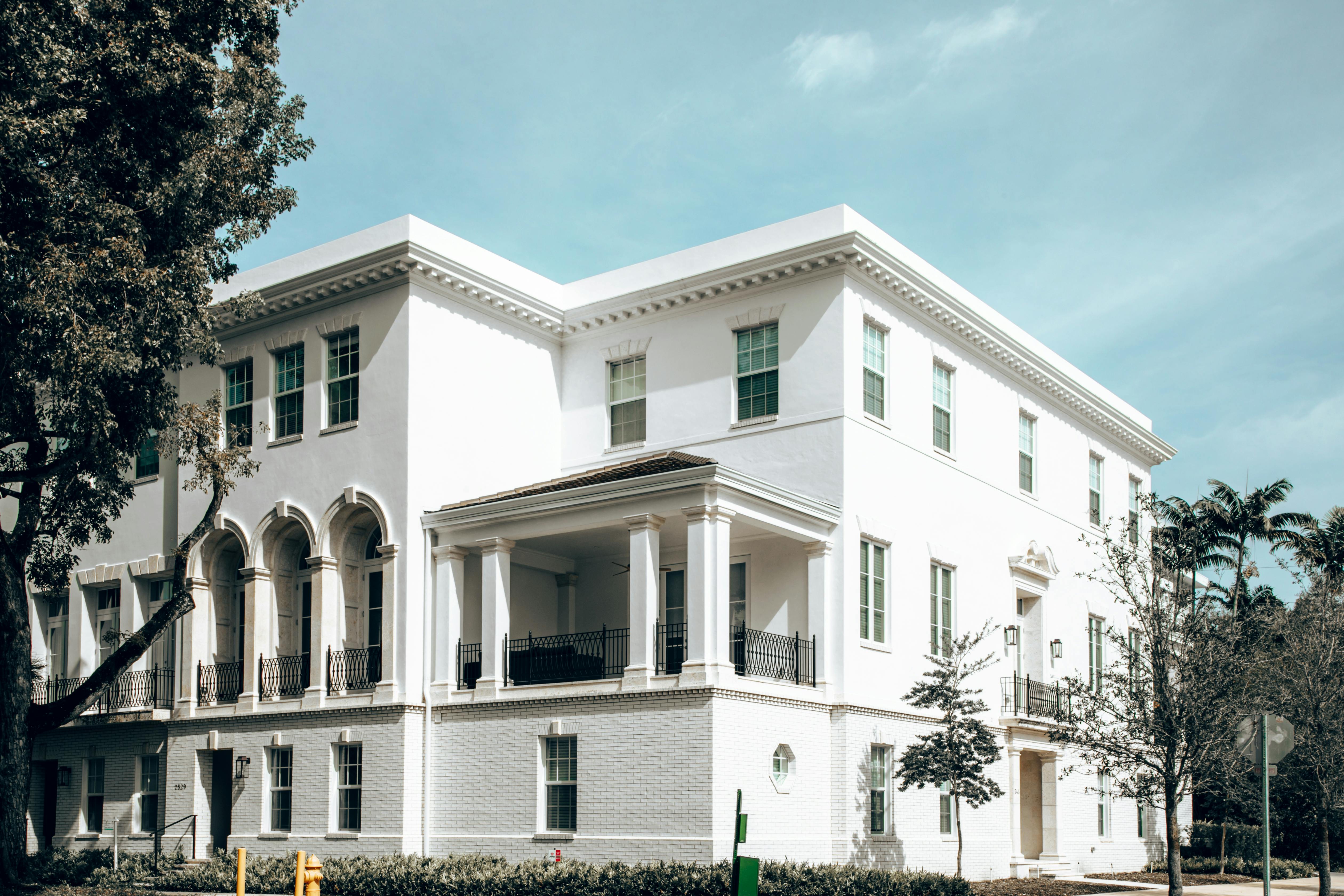During prehistoric times, the area that is now Burnham-on-Sea in Somerset was actually under the sea! Over the last few thousand years this land has been rising and the land has been conditioned by both natural and man-made drainage patterns to reclaim it from the sea.
Burnham and neighboring Highbridge are vulnerable to the vagaries of rising waters, both from the sea and from nearby rivers. But for at least a thousand years, alteration of water flow through drainage cuts has been common, and a gradual process of land reclamation has taken place.
South Burnham shows some evidence of prehistoric settlement taking place, with both Highbridge and Alstone being occupied Iron Age settlements. These two continued to be settled, until Roman times. Most of these settlements stood on higher ground, inland from the sand dunes, and evidence of carved stones has been found. This may suggest that there may have been a natural harbor and some kind of warehouse.
Under the Saxons, there is no evidence of any settlement activity and it is thought that control of the drainage system may have been lost. However, Burnham-on-sea was definitively established during the Domesday Book era, as records indicate that “Walter” himself occupied it. In King Alfred’s will, land at Burnham was mentioned and this was in the late 9th century. Drainage patterns also changed during medieval and post-medieval times.
Until the 19th century, Burnham was definitely off the beaten track, but the construction of the Glastonbury canal changed all this. Communications and travel improved and after the Rev. Davies sold his private lighthouse and used the funds to develop this seaside town. He built a spa complex that received a steady stream of visitors, and soon a settlement with elegant living quarters was available for vacationers.
With the advent of rail communication Burnham really benefited as it was a clayey area so brick and tile making became a prominent industry and a wharf was built for trading purposes. This was also responsible for Burnham’s expansion as a holiday resort. Despite severe flooding in the early 20th century, holiday camps and other facilities grew, and after the construction of the M5, Burnham enjoyed its own heyday as a British seaside town.


